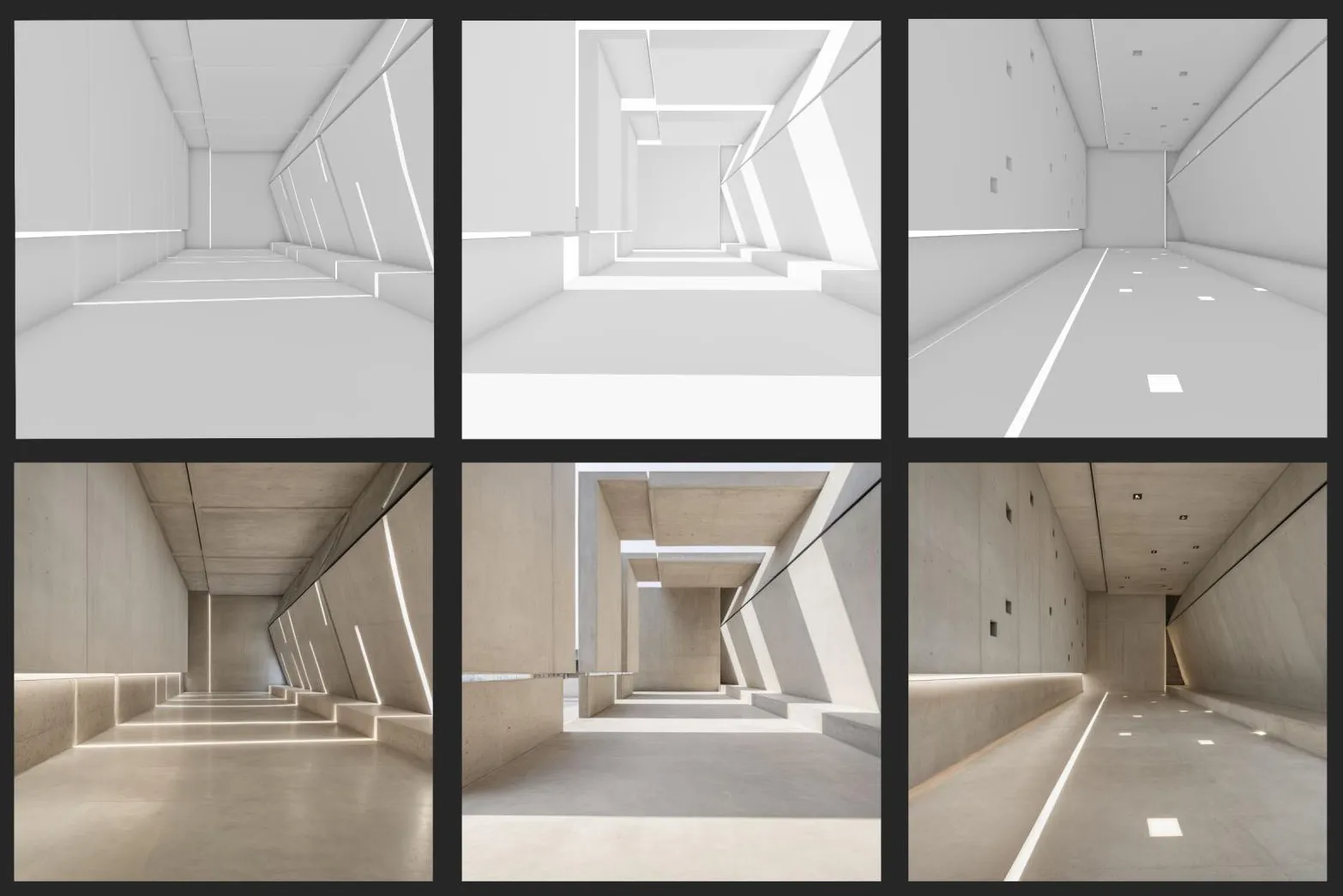In the Department of Drawing and Form Studies, the design curriculum follows a simple but powerful logic: What, How, With What.
What is explored through the basic elements of composition: line, plane, mass, and space, built on the principles of construction and proportion.
How is addressed through the operations performed on these elements, examining orthogonal, clinogonal, and rotogonal relationships.
With What is answered by combining traditional freehand drawing and physical model-making with modern digital visualization tools, including Visoid.
The result is a sequence of assignments that move from point to line, line to plane, plane to mass, and mass to space. Each semester builds on the last, helping students gain a deep understanding of architectural order and composition while exploring new ways to communicate their ideas.
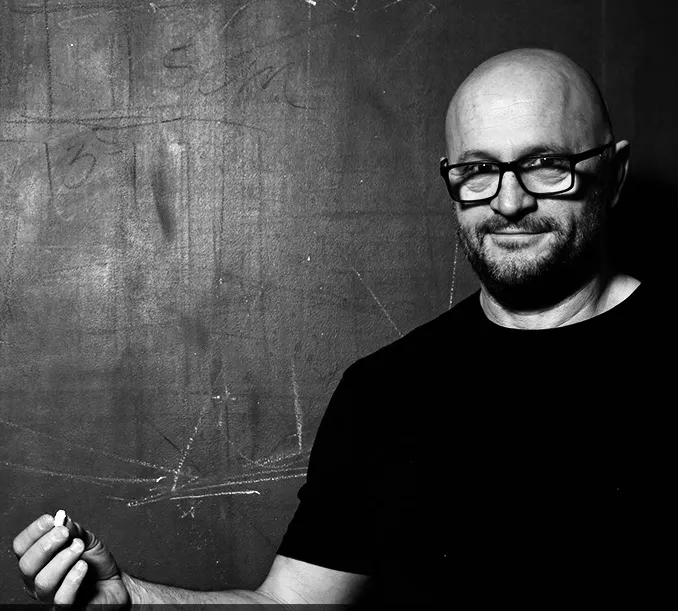
The department’s teaching philosophy blends the Bauhaus legacy with contemporary tools. As dr. habil Ferenc Répás DLA, architect and teacher at the department, explains, the goal is to “guide students toward conscious composition, while filling abstract elements with architectural meaning.”
This approach ensures that every student’s design process, from abstract form-finding to final presentation, is grounded in both conceptual rigor and technical skill.


Visoid comes into play at the moment when abstract form meets presentation. It transforms sketches, models, and digital studies into convincing visualizations that still preserve the conceptual clarity of the work.
The department uses it across several workflows:
Students identify the most characteristic view of their earlier designs, whether exterior, interior, or sectional. They create a detailed manual drawing, build a digital collage with environmental context, and then use Visoid to explore lighting, materials, and atmosphere.



Traditional models, photographed in orthogonal or perspective views, are imported into Visoid. Students then “paint” their abstract forms with realistic materials, lighting, and environmental elements, guided by prompts that reflect their intended design vision.
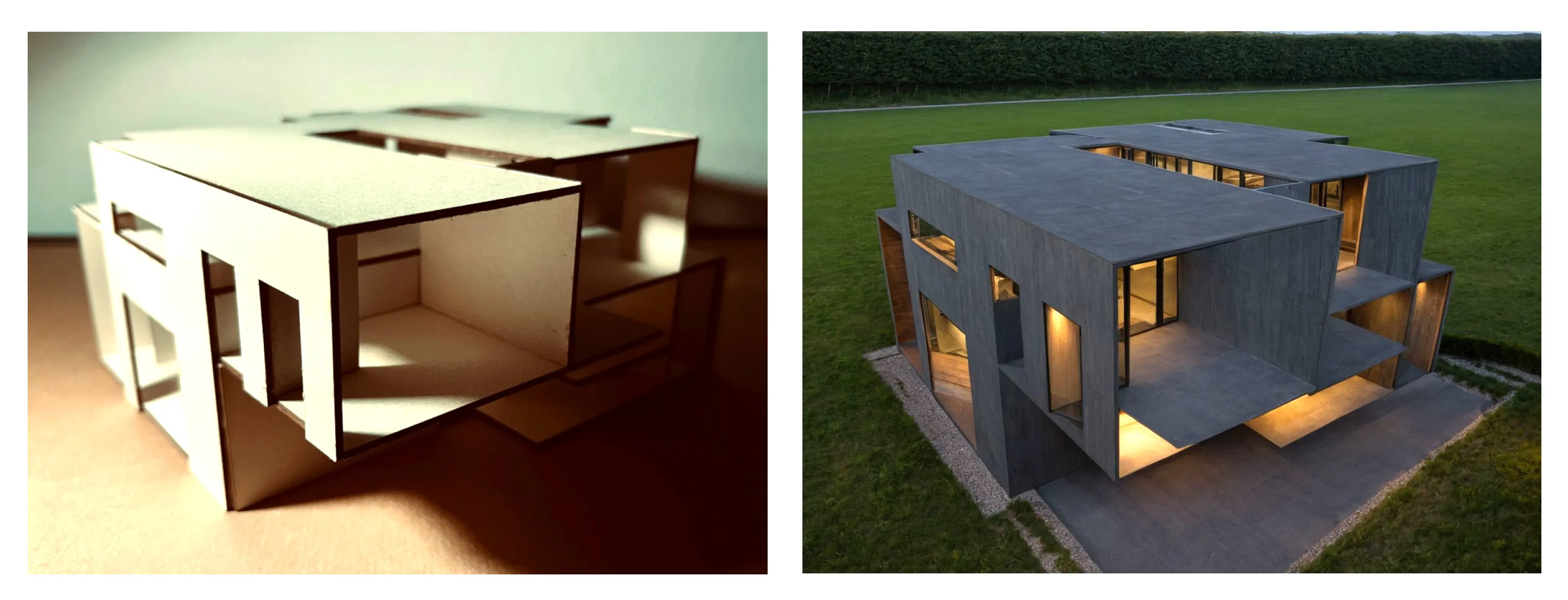
Using Archicad or other 3D tools, students create mass studies, then refine them in Visoid to achieve a high-quality image while maintaining strict control over geometry and proportions.
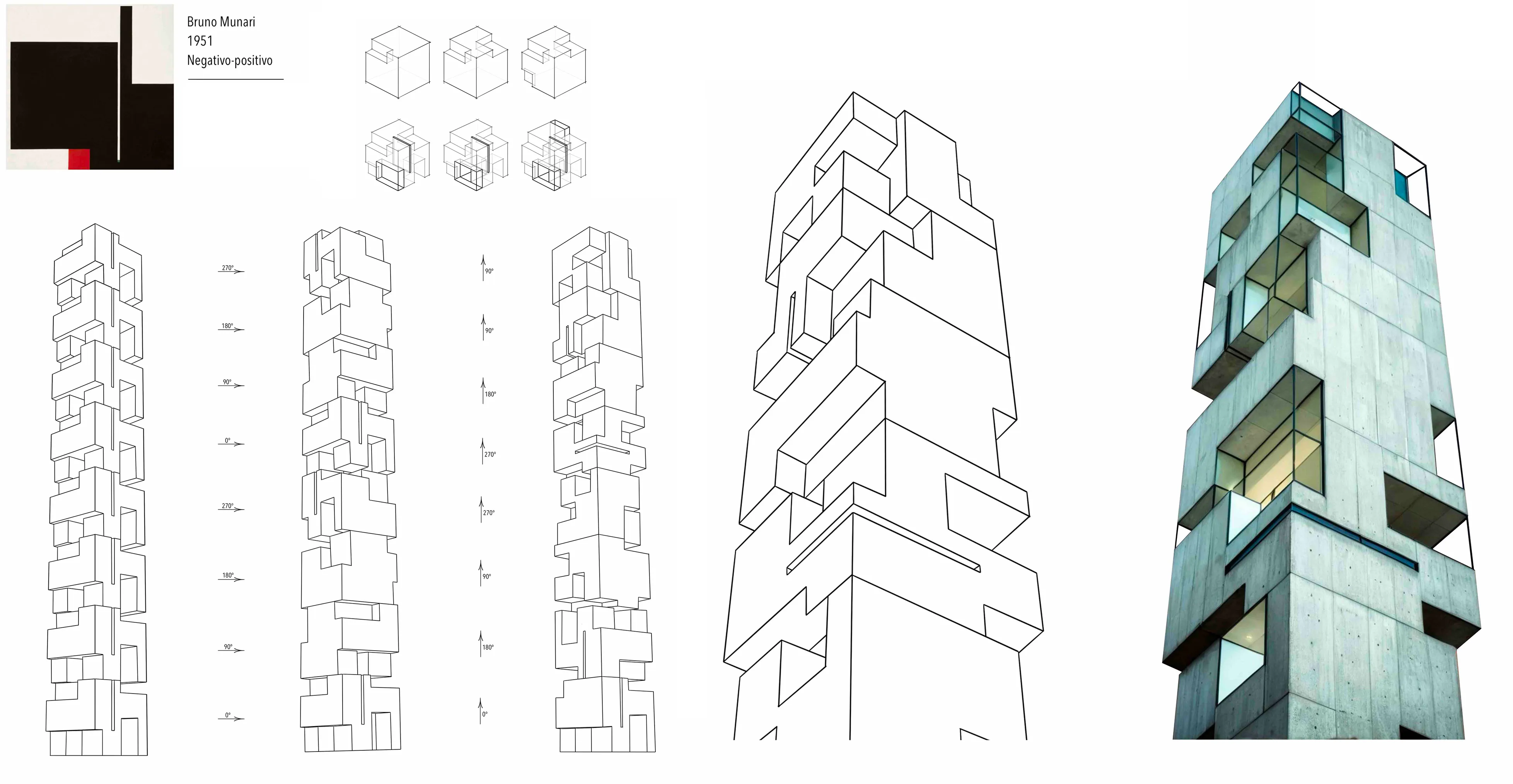
In the Architectural Visualization course of the Form and Structure specialization, all students start with the same Archicad model and choose from a set of fixed camera positions. They then select one season, one time of day, and one location from a defined set (for example, summer, daytime, Mexico). Visoid is used to generate visuals that meet these parameters, producing a diverse set of interpretations from a single base model.
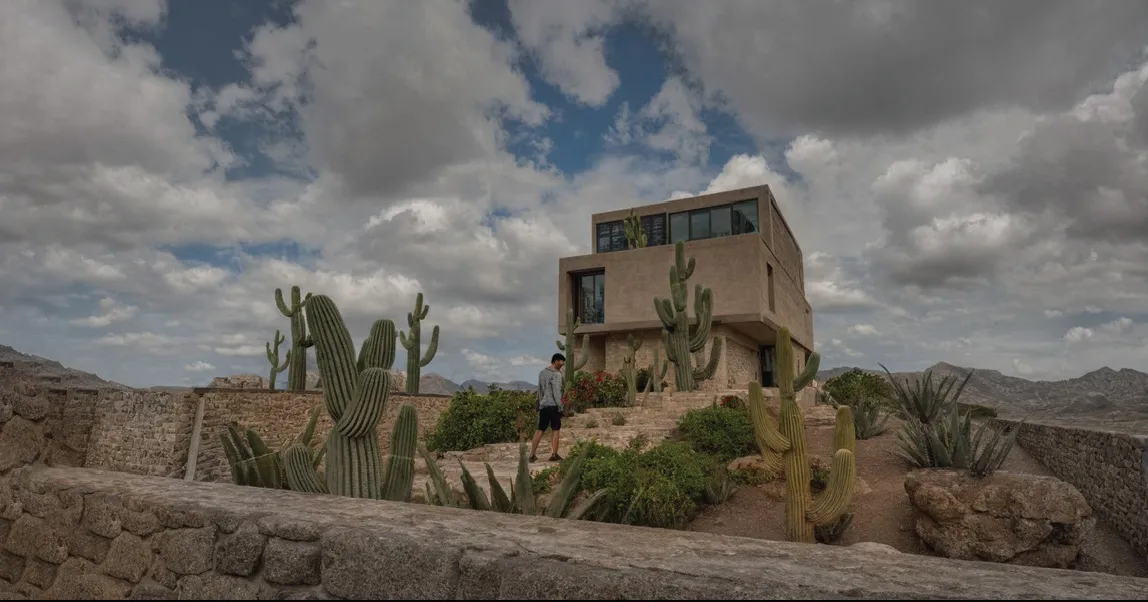
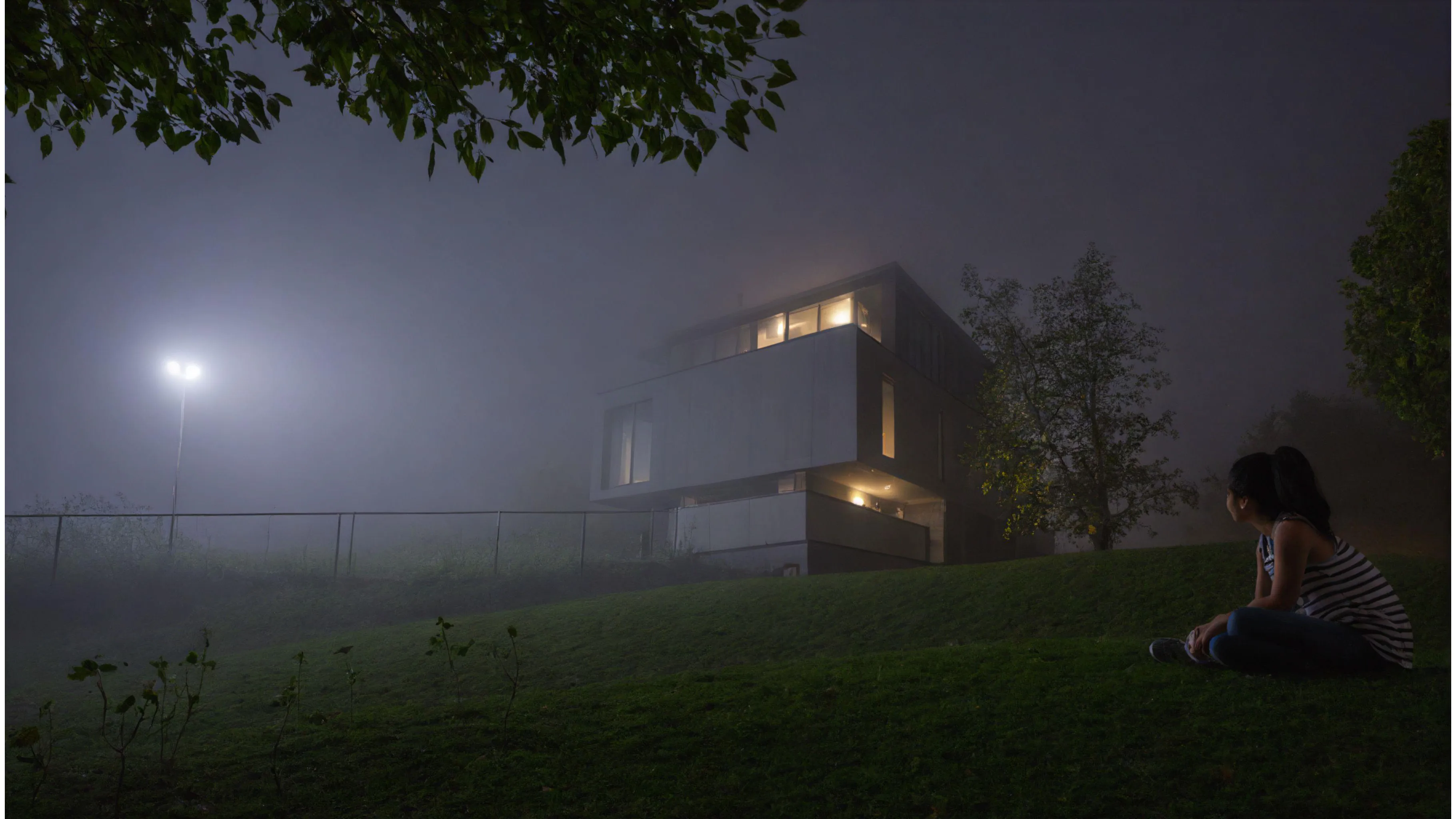

In the fourth semester, the focus is on space. Students begin with digital spatial models, analyzing three distinct form types (ortho, clino, roto) under diffused light, then study the perforation character of spatial surfaces under direct light. These variations are documented as simple white renders. Finally, students select their most compelling spatial composition and use Visoid to produce desired images, experimenting with characteristics such as depth, height, segmentation, and transition. This continues a line of inquiry inspired by the work of Bruno Munari.


The integration of Visoid addresses three recurring needs in design education:
Efficiency – Visoid is one of the most effective tools for producing precise and convincing visual representations of architectural ideas.
Inspiration – It offers new creative possibilities and can lead students into unfamiliar, unexplored design directions.
Clarity – Photorealistic yet critically interpreted visuals help communicate design intent while maintaining the conceptual focus.
As dr. habil Ferenc Répás DLA puts it:
The most effective tool today for presenting a design idea convincingly is AI. But behind every virtual space, there must be concept and reality, controlled through experience.
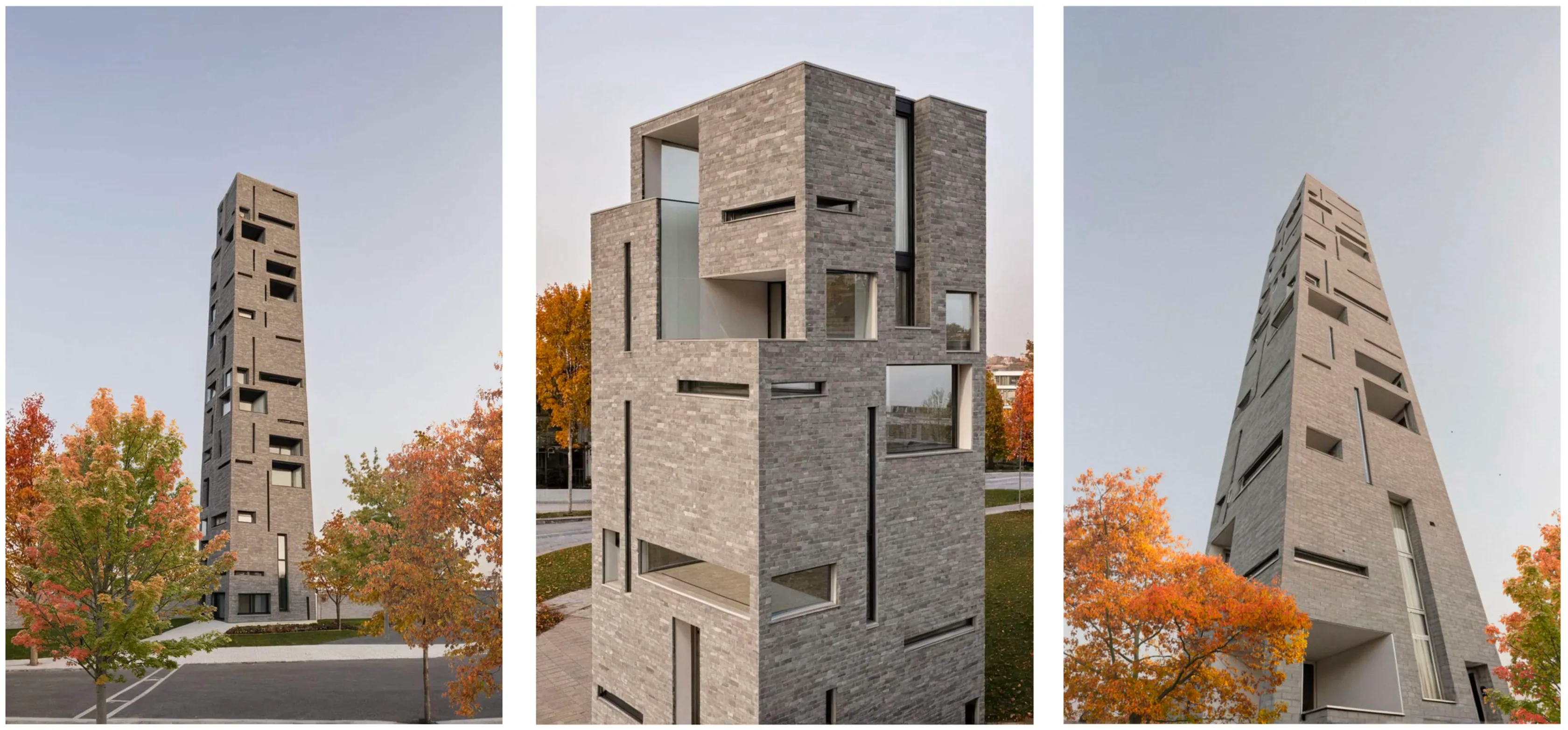
Before the digital era, the process of form-making and visualization unfolded in a clear, linear way. Ideas evolved gradually, and representation followed the growth of the concept. Today, realistic visuals can be produced almost instantly, an opportunity that comes with both creative potential and the risk of bypassing essential conceptual work.
The creative processes in education must involve the tools representing the highest level of technical development of the age, because they provide new inspiration and lead to previously unknown territories.
At BME, hand drawing and physical models remain irreplaceable for cultivating form sensitivity and manual intelligence. In line with Moholy-Nagy László’s principle of using the most advanced tools of the time, Visoid now plays a vital role. It enables precise, convincing visualization while keeping conceptual clarity and architectural reality firmly at the core of the design process.

